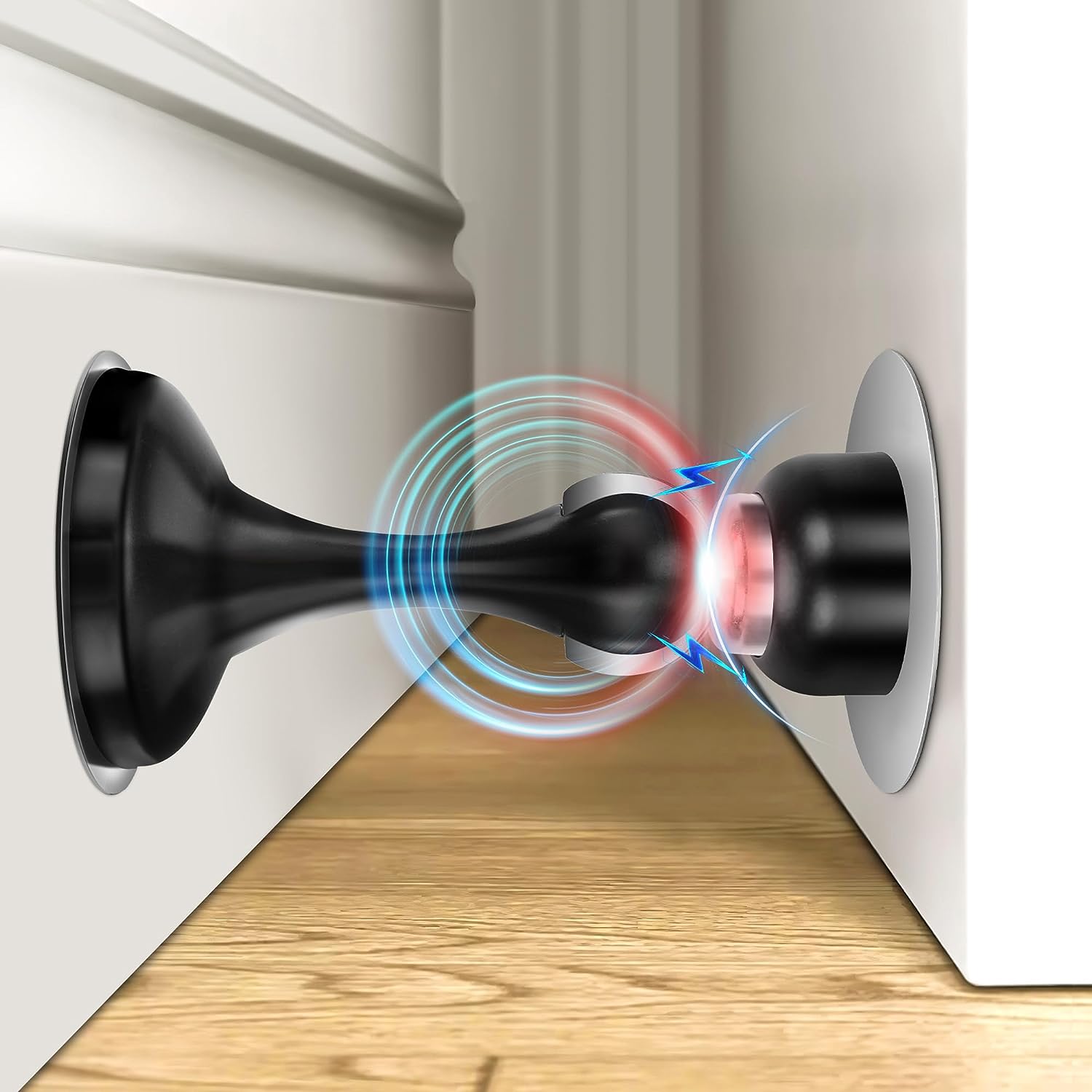Door stoppers have come a yearn way from them mortify beginnings as simple functional devices. Today, they have evolved into nonfunctional accents that not only serve their primary resolve but to add esthetic value to homes and buildings. In this article, we will research the fascinating journey of door stoppers, from their early utilitarian designs to their current status as stylish and versatile accessories.

Part 1: Existent Origins
The concept of door stoppers tin be copied back to ancient civilizations, where undeveloped methods were used to prop unfold doors. In ancient Egypt, boastfully stones or wedges were located at the base of doors to prevent them from closing. In medieval Europe, wooden or metal door wedges were commonly secondhand for the Same purpose. These early on undefined stoppers were simple and strictly functional, with no consideration for aesthetics.
Part 2: Heavy-duty Revolution and Utility Designs
With the advent of the heavy-duty Revolution, undefined stoppers began to undergo considerable changes. The development of new materials and manufacturing techniques allowed for the production of more serviceable and efficient door stoppers. Cast iron and brass became popular choices undefined to their effectiveness and longevity. Utilitarian designs such as solid cylindrical or wedge-shaped stoppers emerged, featuring a wield or pommel for easy handling and placement. These functional designs focused in the first place on durability and effectiveness.
Part 3: Innovative Designs and Materials
As the 20th century approached, door stoppers started to become more than just utility objects. Designers and manufacturers began to experiment with recently materials and shapes to create visually sympathetic door stoppers that would complement the overall esthetics of a room. Rubber, plastic, and even fabric was introduced as materials, offering increased flexibility and design possibilities. Door stoppers in the form of animals, flowers, or even arbitrary objects began to emerge, adding a touch of personality and charm to spaces.
Part 4: Contemporary Door Stoppers as Cosmetic Accents
In recent years, door stoppers have transcended their primary quill function and have become sought-after decorative accents in coeval interior design. With a widely range of materials, shapes, colors, and finishes available, undefined stoppers now offer homeowners the opportunity to verbalize their personal title and enhance the overall atmosphere of a room. From sleek and minimalist designs to elaborate and ornate pieces, thither is a door stopple to beseem every smack and interior decoration theme.
Moreover, door stoppers are not express to traditional designs anymore. magnetized undefined stoppers, for example, have gained popularity due to their slick and invisible installation. They hold the door in an open position using hidden magnets, providing a seamless and Bodoni look. Some door stoppers also incorporate technology, such as smart sensors that discover door social movement and adjust accordingly. These innovative features encourage demonstrate the evolution of door stoppers and their integrating into the smart home concept.
Conclusion:
Door stoppers have undergone an extraordinary transformation o’er the centuries, evolving from simple functional undefined to decorative accents that heighten the overall esthetics of a space. From their historical origins to the introduction of innovative designs and materials, undefined stoppers have moved beyond their utilitarian purpose to turn stylish and various accessories. Whether it is a classic cast iron out design, a whimsical animal-shaped stopper, or a high-tech magnetic option, thither is a door stopper available to suit every smack and style preference. So, next clock you find a door stopper, appreciate not only its practicality just too its potency to add a touch down of elegance to your support spaces.